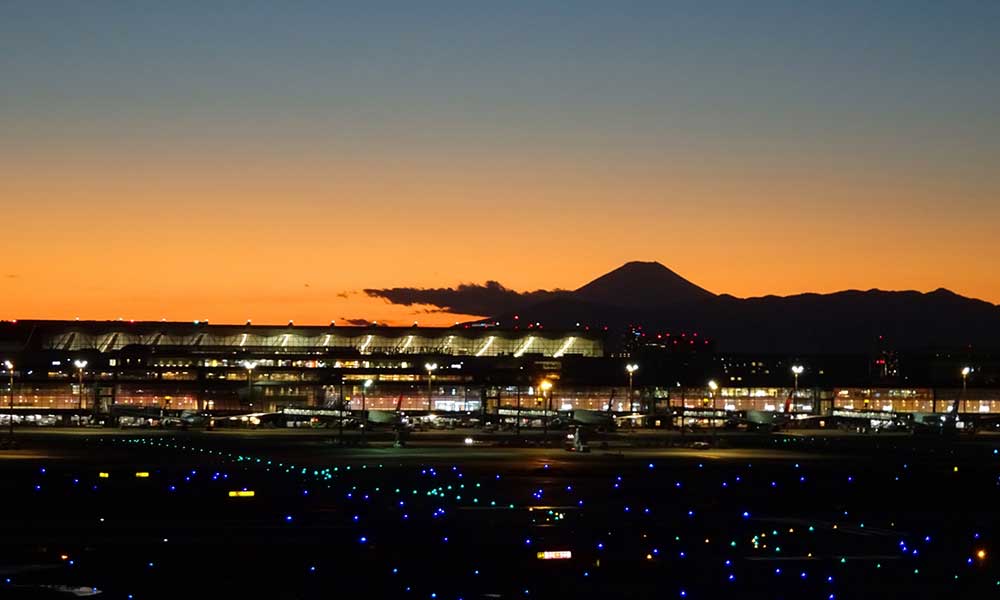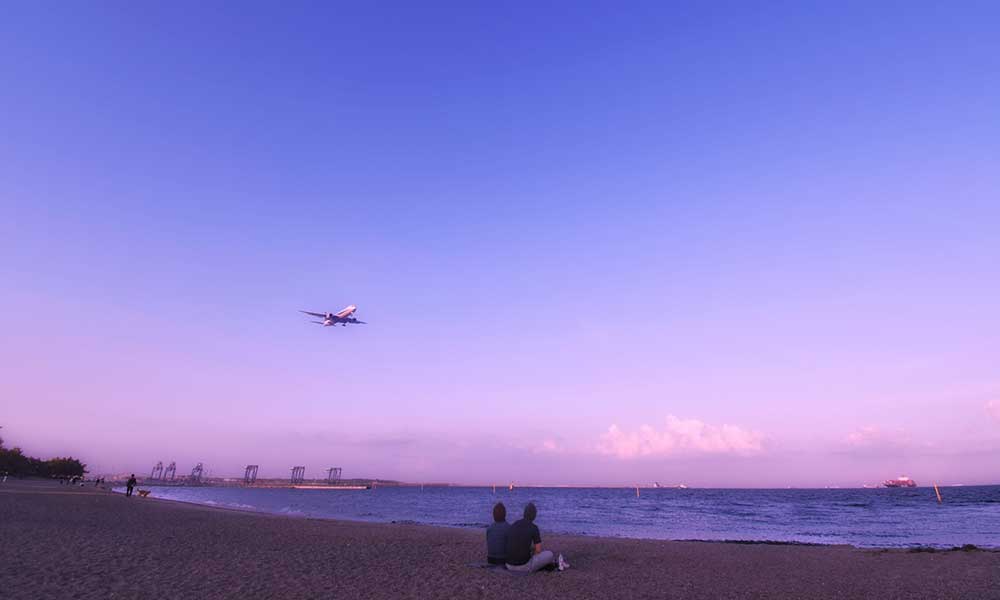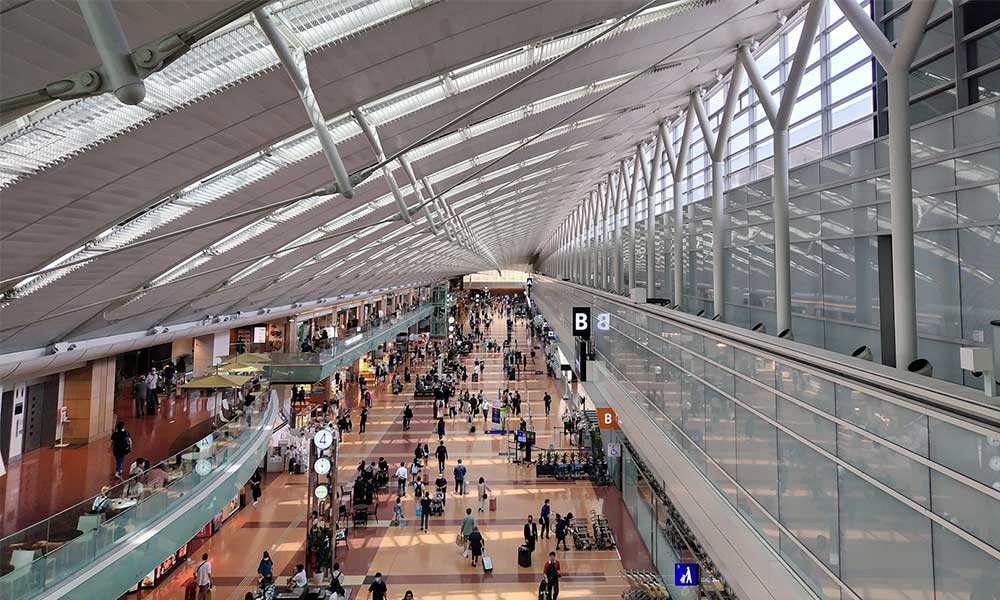Ota ward, Tokyo東京都大田区
Living in Ota Ward, Tokyo

We have Summarized the livability of Ota Ward, Tokyo.
23 WARD AREA23区地域
-
- CHIYODA WARD 千代田区
-
- CHUOU WARD 中央区
-
- MINATO WARD 港区
-
- SHINJYUKU WARD 新宿区
-
- BUNKYO WARD 文京区
-
- TAITO WARD 台東区
-
- SUMIDA WARD 墨田区
-
- KOTO WARD 江東区
-
- SHINAGAWA WARD 品川区
-
- MEGURO WARD 目黒区
-
- OTA WARD 大田区
-
- SETAGAYA WARD 世田谷区
-
- SHIBUYA WARD 渋谷区
-
- NAKANO WARD 中野区
-
- SUGINAMI WARD 杉並区
-
- TOSHIMA WARD 豊島区
-
- KITA WARD 北区
-
- ARAKAWA WARD 荒川区
-
- ITABASHI WARD 板橋区
-
- NERIMA WARD 練馬区
-
- ADACHI WARD 足立区
-
- KATSUSHIKA WARD 葛飾区
-
- EDOGAWA WARD 江戸川区
CONTENTS
- What kind of place is Ota Ward, Tokyo?
- Ota WardPR video
- How is the traffic situation in Ota Ward?
- How are the rent and land prices in Ota Ward?
- How is childcare and education in Ota Ward?
- How about shopping in Ota Ward?
- How about jobs and recruitment in Ota Ward?
- Ota Ward’s unique subsidy/subsidy system
What kind of place is Ota Ward, Tokyo?

Ota Ward, the gateway to Tokyo, is convenient for long distance travel thanks to Haneda Airport!
Ota Ward is located in the southeast of the 23 wards and has an area of approximately 61.86 square kilometers.
It has a population of approximately 728,000 and approximately 401,000 households (as of February 2023).
It borders Koto Ward, Shinagawa Ward, and Meguro Ward to the north, Tokyo Bay to the east, Tama River and Kawasaki City, Kanagawa Prefecture to the south, and Setagaya Ward to the west.
In 1947, Omori Ward and Kamata Ward were combined, and the new ward was named Ota Ward, taking one letter from each of the two wards.
The northwestern part is a relatively gently rolling hilly area, while the southeastern part is lowland with many areas facing the water, and most of it is reclaimed land.
The most famous facility in this reclaimed area is Haneda Airport, the gateway to Tokyo, which takes up one-third of the area of Ota Ward.
The area of the ward gradually expanded due to the reclamation work of Tokyo Bay that began in the 1970s, and with the completion of the reclamation work offshore Haneda Airport, which took place from 1984 to 1992, Ota Ward overtook Setagaya Ward to become the largest of the 23 wards.
Ota Ward has been an area of thriving fishing, mainly seaweed farming, since the Edo period. In the Taisho period, small and medium-sized factories moved into the waterfront area in the southeast district, transforming it into an industrial area.
Currently, it is lined with logistics facilities, factory complexes, markets, and other facilities, including Haneda Airport, and has developed into the Keihin Industrial Zone along with Kawasaki City and Yokohama City.
Meanwhile, the northwest district has seen an increase in residential areas since the Great Kanto Earthquake, transforming it into a new residential area brimming with greenery. Denenchofu, known as one of Japan’s leading high-end residential areas, is also located in this area.
The main station in the ward is Kamata Station, and it is a bustling downtown area lined with shopping facilities directly connected to the station and traditional shopping streets.
A famous tourist spot is Ikegami Honmonji Temple, the head temple of the Nichiren sect. The five-story pagoda of Honmonji Temple, built in 1607, and the wooden seated statue of Nichiren Shonin are designated as important cultural properties by the national government, and are popular spots to see these precious cultural properties.
The Ota Ward event is the “Senzoku Hachiman Shrine Autumn Festival,” which takes place every autumn at Senzoku Hachiman Shrine in Minamisenzoku. On the day, there are food stalls set up and it is a lively festival that is crowded with many visitors.
PR video of Ota Ward, Tokyo
Ota Ward Tourism Promotion Video
“Ota International City Declaration” introduction video
Public Bath Heaven Ota
How is the traffic situation in Ota Ward?

Ota Ward is a city with convenient access to many train stations and planes.
There are 10 lines and 41 stations that pass through Ota Ward.
| Keikyu Kamata Station | Keikyu Main Line・Keikyu Airport Line |
| Kamata Station | JR Keihin Tohoku Line・Tokyu Tamagawa Line・Tokyu Ikegami Line |
| Omori Station | JR Keihin Tohoku Line |
| Kojiya Station | Keikyu Airport Line |
| Haneda Airport Terminal 1 Station | Tokyo Monorail |
| Haneda Airport Terminal 2 Station | Tokyo Monorail |
| Haneda Airport Terminal 3 Station | Tokyo Monorail |
| Haneda Airport Terminal 3 Station | Keikyu Airport Line |
| Haneda Airport Terminal 1 and 2 Station | Keikyu Airport Line |
| Musashi-Shinden Station | Tokyu Tamagawa Line |
| Ikegami Station | Tokyu Ikegami Line |
| Omorimachi Station | Keikyu Main Line |
| Anamori Inari Station | Keikyu Airport Line |
| Shimomaruko Station | Tokyu Tamagawa Line |
| Ryutsu Center Station | Tokyo Monorail |
| Nagahara Station | Tokyu Ikegami Line |
| Otorii Station | Keikyu Airport Line |
| Tenkubashi Station | Keikyu Airport Line・Tokyo Monorail |
| Magome Station | Toei Asakusa Line |
| Chidoricho Station | Tokyu Ikegami Line |
| Nishi-Magome Station | Toei Asakusa Line |
| Unoki Station | Tokyu Tamagawa Line |
| Kugahara Station | Tokyu Ikegami Line |
| Zoshiki Station | Keikyu Main Line |
| Ishikawadai Station | Tokyu Ikegami Line |
| Yaguchinowatashi Station | Tokyu Tamagawa Line |
| Ookayama Station | Tokyu Meguro Line・Tokyu Oimachi Line |
| Heiwajima Station Line | Keikyu Main Line |
| Tamagawa Station | Tokyu Toyoko Line・Tokyu Meguro Line・Tokyu Tamagawa Line |
| Umeyashiki Station | Keikyu Main Line |
| Denenchofu Station | Tokyu Toyoko Line・Tokyu Meguro Line |
| Senzokuike Station | Tokyu Ikegami Line |
| Numabe Station | Tokyu Tamagawa Line |
| Mount Ontake Station | Tokyu Ikegami Line |
| Shinseibijo Station | Tokyo Monorail |
| Rokugodote Station | Keikyu Main Line |
| Hasunuma Station | Tokyu Ikegami Line |
| Yukigaya Otsuka Station | Tokyu Ikegami Line |
| Maintenance Station | Tokyo Monorail |
| Showajima Station | Tokyo Monorail |
| Kitasenzoku Station | Tokyu Oimachi Line |
Local bus routes are operated by Keihin Kyuko Bus, Tokyu Bus, and Toei Bus. There is also a community bus called “Tama-chan Bus” that offers cheap travel to major facilities in the ward, and is a valuable means of transportation for ward residents.
There are three expressways accessible from the ward, with five entrances and exits.
| Metropolitan Expressway Route 1 Haneda Line | Heiwajima Entrance, Airport West Entrance, Haneda Entrance |
| Metropolitan Expressway Kanagawa Route 1 Yokohane Line | Haneda entrance/exit |
| Shuto Expressway Bayshore Line | Wangan Kanpachi Entrance/Airport Central Entrance |
National highways that pass through Ota Ward include National Highway 1, which runs from Chuo Ward through the ward and passes through Kanagawa, Shizuoka, Mie prefectures and other areas before heading to Osaka Prefecture; National Highway 15, which runs from Chuo Ward through the ward and heads to Kanagawa Prefecture; and National Highway 357, which runs from Chiba City, Chiba Prefecture through the ward and heads to Yokosuka City, Kanagawa Prefecture.
Haneda Airport is located in Ota Ward, so access is very convenient when traveling long distances.
Many stations are very crowded in the morning, both on the platforms and inside the trains.
How are the rent and land prices in Ota Ward?

Ota Ward is a relatively cheap and easy-to-live-in area in Tokyo.
According to information from a real estate information website, the average rent in the ward for a newly built apartment within a 10-minute walk from the station is around 91,000 yen for a 1K apartment and 134,000 yen for a 2DK apartment.
The average land price per tsubo is around 1.97 million yen per tsubo.
The average price of a newly built apartment is 48.26 million yen, the average area is 48.72 m2, and the average price per tsubo is 3.275 million yen per tsubo. (As of 2018-2022)
How is childcare and education in Ota Ward?

Ota Ward: A city with many childcare facilities and generous child-rearing support
Ota City has 104 nurseries, 48 kindergartens, 61 elementary schools, 29 junior high schools, 13 high schools, 4 junior colleges and universities, and 11 vocational schools.
Child medical expenses subsidies are available for children under 18 (as of March 31 after they reach 18 years old) for both outpatient and inpatient care, and are fully subsidized.
Child allowances are provided: 15,000 yen for children under 3 years old, 10,000 yen for the first and second child for children 3 years old or older and not yet entering elementary school, 15,000 yen for the third child and onwards, and 10,000 yen for junior high school students.
Ota Ward also has its own unique support.
Ota Ward’s child rearing support home visit program, “Yurikago,” is a system in which local support workers assist parents with bathing and breastfeeding for free for families with babies up to 4 months old.
Ota Ward’s postpartum housework and childcare support program, “Niko Niko Support,” is a program in which postpartum doulas support families with babies up to 6 months old with postpartum housework and childcare.
A postpartum doula is a prenatal and postnatal care specialist who has taken a course at the Doula Association of Japan and is certified.
In addition, “Piyo Piyo Support” is a service that allows families with children up to 2 years old who are not using childcare services to use helpers at a low cost. A helper visits your home to help with housework and childcare.
Both “Niko Niko Support” and “Piyo Piyo Support” are available for a self-pay fee of 1,000 yen per hour.
The “After-School Children’s Classes” provide a variety of experiences and activities at 58 public elementary schools in the ward, providing a safe place for children to spend their after-school hours. This system allows children from dual-income households, who tend to be alone at home, to enjoy their after-school hours at school without feeling lonely.
As a rare form of support, security buzzers are provided to children living in the ward.
This system distributes them free of charge to first-graders who are newly enrolled in elementary school, and is a welcome system that takes into consideration safety measures for commuting to school.
There are many places for children to play, such as children’s centers and parks, and there is also plenty of support for raising children.
This is an area with a relatively large number of children on waiting lists for nursery schools.
How about shopping in Ota Ward?

Ota Ward: A city with many supermarkets and shops that are essential to daily life
When it comes to shopping spots in Ota Ward, the shopping facilities at Haneda Airport are popular. The airport is a large space consisting of Terminals 1, 2, and 3, and each area has multiple stores, including restaurants, fashion, and souvenir shops. With a wide selection of products and a large number of stores, the facility is bustling every day with many tourists who come to shop as well as airport users.
The busiest area in the ward is Kamata Station, and in front of the station there are station buildings, shopping malls, and old-fashioned shopping streets, making it an area where you will never lack for shopping for daily necessities.
Granduo Kamata is a station building directly connected to the station, consisting of two buildings, the East Building and the West Building, and is a popular shopping spot. The East Building has a selection of products mainly for families and young people, while the West Building has stores mainly for adult households such as married women.
There are shopping streets at both the east and west exits, and Sunroad Sunrise at the west exit is a particularly recommended spot, with a large arcade where you can shop regardless of the weather, and a row of traditional privately owned shops and restaurants.
Ota ward also has 140 other shopping streets of various sizes, making it one of the towns in Tokyo with the most shopping streets.
There are also about 109 supermarkets in the ward, including major supermarkets such as Maruetsu and Life, as well as small urban supermarkets such as My Basket, which can be found everywhere.
It can be said that this ward has many areas where you will have no trouble finding what you need for everyday shopping.
Although it is close to the city center, there are many down-to-earth, affordable shops, making it an easy place to live.
If you go a little further from the station, there are many residential areas with very few shops.
How about jobs and recruitment in Ota Ward?
Ota Ward is a city where a wide range of companies, from aviation-related to manufacturing-related, gather.
The average annual salary in Ota Ward is 4.44 million yen.
Ota Ward’s waterfront area is home to one of Tokyo’s leading Keihin Industrial Zones, and is home to many logistics facilities and factories, with a total of over 1,200 large and small. The overwhelming majority of factories are engaged in the manufacturing of metal products and machinery and equipment.
Haneda Airport, located within the ward, is the largest terminal in Japan for domestic and international routes, and the area is home to many aviation-related jobs and associated service and retail industries.
In the wholesale industry, Ota Ward is also home to Ota Market, which handles the largest number of flowers in the country, so it can be said that the area is home to a wide variety of job openings.。
























